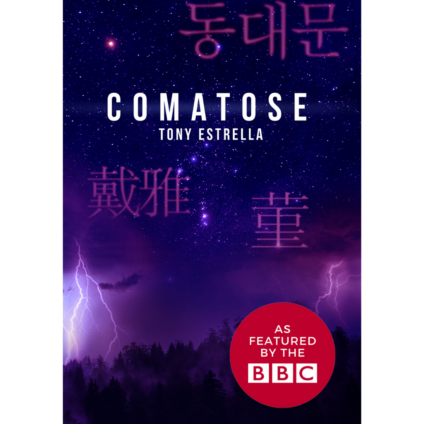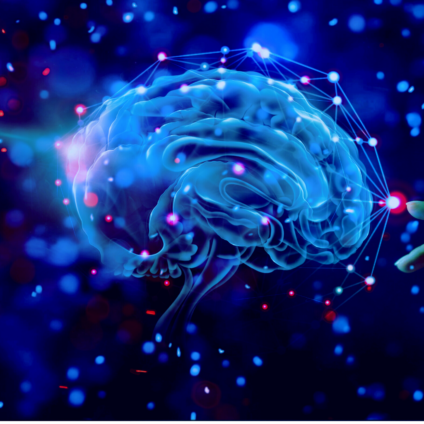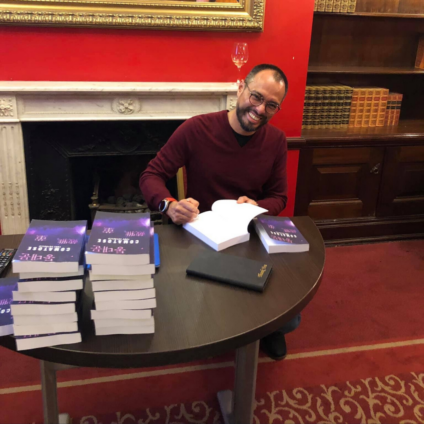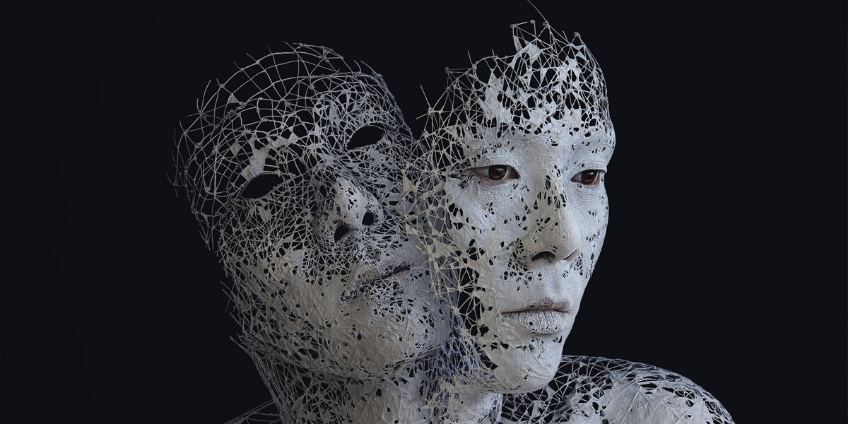As the convergence of technology and healthcare accelerates, modern science continues to benefit from new data sources, experimentation, and the subsequent insights and conclusions to better understand the body.
The HealthTech industry is already creating measurable impact on physical health, chronic disease prevention & management, and behavioural psychology. But one area of the body continues to have complicated unresolved questions – the human mind.
Through his fiction writing, Tony is exploring topics such as lucid dreaming, comas, and consciousness. Disruptive shifts in technology including artificial intelligence will eventually help provide concrete, measurable answers. But until then, Tony is excited to shine a spotlight on these challenges and create engaging narratives describing potential solutions for what the future may hold in clearing up the mysteries of the science of the mind.







